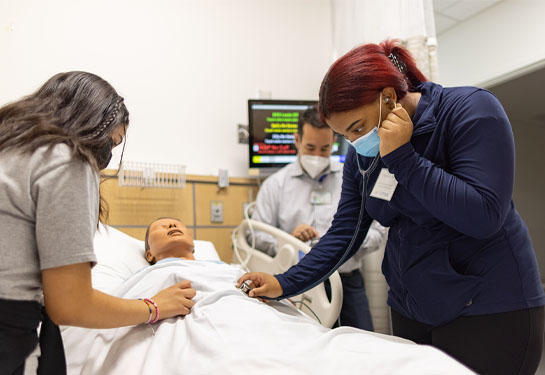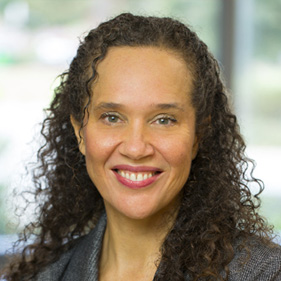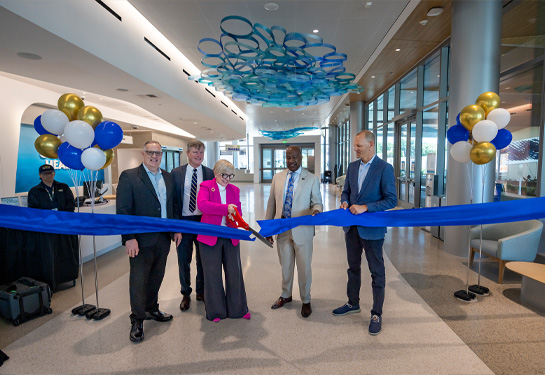Area high schoolers get hands-on lessons in nursing
Students learn about pathways to a future health care career
What do you want to be when you grow up?
For many students of color, the answer may not be a future in health care. They may not realize how the profession could be for them or understand the path to achieving that goal.
But a two-week summer experience at the Betty Irene Moore School of Nursing at UC Davis seeks to change that.
“I have worked with enough pre-nursing students who didn't really know some of the important things that they needed to know about their freshman and sophomore years in college, to the extent that they were no longer able to get into a nursing school,” said Piri Ackerman-Barger, the School of Nursing’s associate dean for Health Equity, Diversity and Inclusion. “We thought that by starting high school students off with some of the core pieces of information they needed to know, so that they were successful as soon as they walked in the door to community college or to a university, that would be really helpful.”
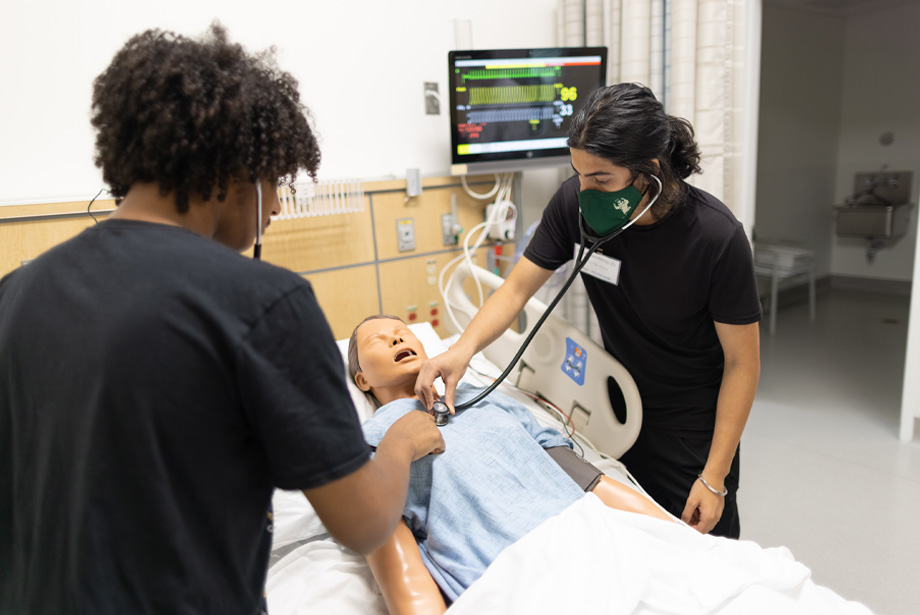
Driven by the desire to show students a possible future and the need to diversify the future health care workforce, Ackerman-Barger launched the Summer Health Institute for Nursing Exploration and Success (SHINES) program. This week, 38 students from eight high schools that serve underrepresented students in Sacramento began the inaugural program. They attend Cristo Rey, Arthur A. Benjamin Health Professions, Sacramento Charter, Florin, Mira Loma Del Campo, Laguna Creek and River City high schools.
Simulations for health care, workshops for life
Their coursework consisted of hands-on simulations, developing a deeper understanding of the nursing practice and the social determinants of health, as well as resume writing and personal branding workshops. They heard from current students in the Master’s Entry Program in Nursing and learned what a day in the life as a nursing student looks like.
“I believe deeply that education is a key piece in diversifying our nursing staff and the way to achieve that is through inspiring high school students,” explained Patricia Fernandez, SHINES co-director and incoming Doctor of Philosophy student at the school. “They are our future. This is just the perfect opportunity to bring students together and get them excited about becoming a nurse.
These 16- and 17-year-olds are learning whether nursing is the right fit for them. SHINES both paints a nursing pathway and fosters identity formation. It gives students confidence, self-efficacy and a sense of the value they bring.
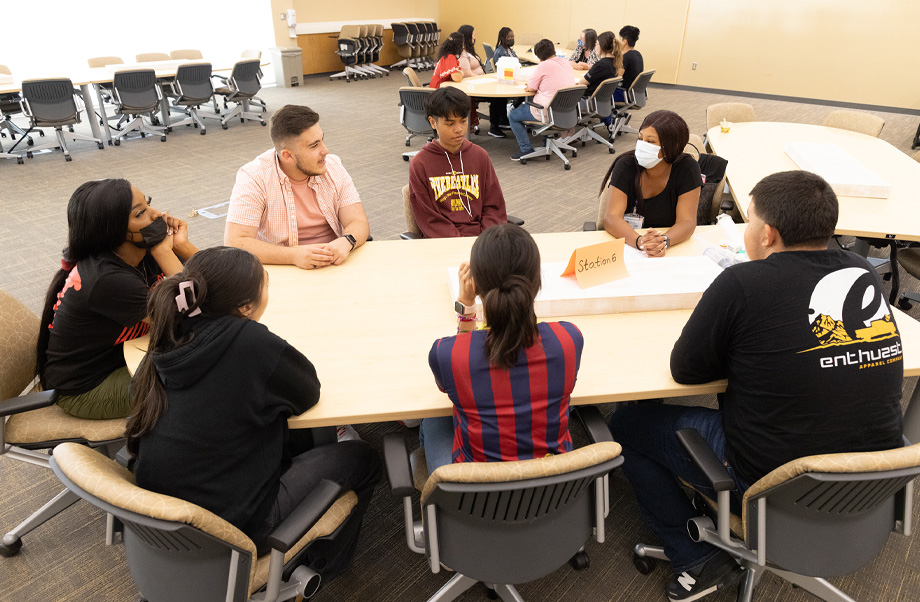
“That just really inspired me and made me like feel more comfortable and confident in like my journey to becoming a nurse,” said Anointed Amasowomwan, a student at Consumnes River College. “We need more diversity in the medical field that I feel like I could bring in.”
Participant Levert Bryant decided to apply to the program because he, too, wants to go into health care.
“I thought this was a chance to get me introduced to it, to go through the different aspects of it,” the Sacramento Charter High School student said. “And it doesn’t hurt to always try something new.”
Investment in the future
Ackerman-Barger credits overwhelming volunteer support and donor investment for the inaugural launch of the program. This year’s partners included several School of Nursing alumni, Cristo Rey High School, Arthur A. Benjamin Health Professions High School, St. HOPE Academy and Improve your Tomorrow. Thanks to involvement and investments from UC Davis Medical Center nursing leadership and School of Nursing donors, students receive a $500 completion stipend and a $200 wardrobe allowance to put their best foot forward.
“If we're going to change health outcomes we must invest in our future generation. So, this is an opportunity to increase diversity and to ensure that students that may have doubted that they have a place in health professions see that, not only do they have a place, but we need them,” Ackerman-Barger added.
Ackerman-Barger and school leaders argue that diversifying health care and academia are critical to reducing longstanding health disparities and crucial for the health care system to reflect a more representative field of practitioners, researchers and public health leaders.
“If we're going to change health outcomes we must invest in our future generation. So, this is an opportunity to increase diversity and to ensure that students that may have doubted that they have a place in health professions see that, not only do they have a place, but we need them.—Piri Ackerman-Barger, Associate Dean for Health Equity, Diversity and Inclusion
“If we're going to change health outcomes we must invest in our future generation. So, this is an opportunity to increase diversity and to ensure that students that may have doubted that they have a place in health professions see that, not only do they have a place, but we need them,” Ackerman-Barger added.
Ackerman-Barger and school leaders argue that diversifying health care and academia are critical to reducing longstanding health disparities and crucial for the health care system to reflect a more representative field of practitioners, researchers and public health leaders.
“Really what I want our students to do is to shine,” she said. “This is their opportunity to do that.”

